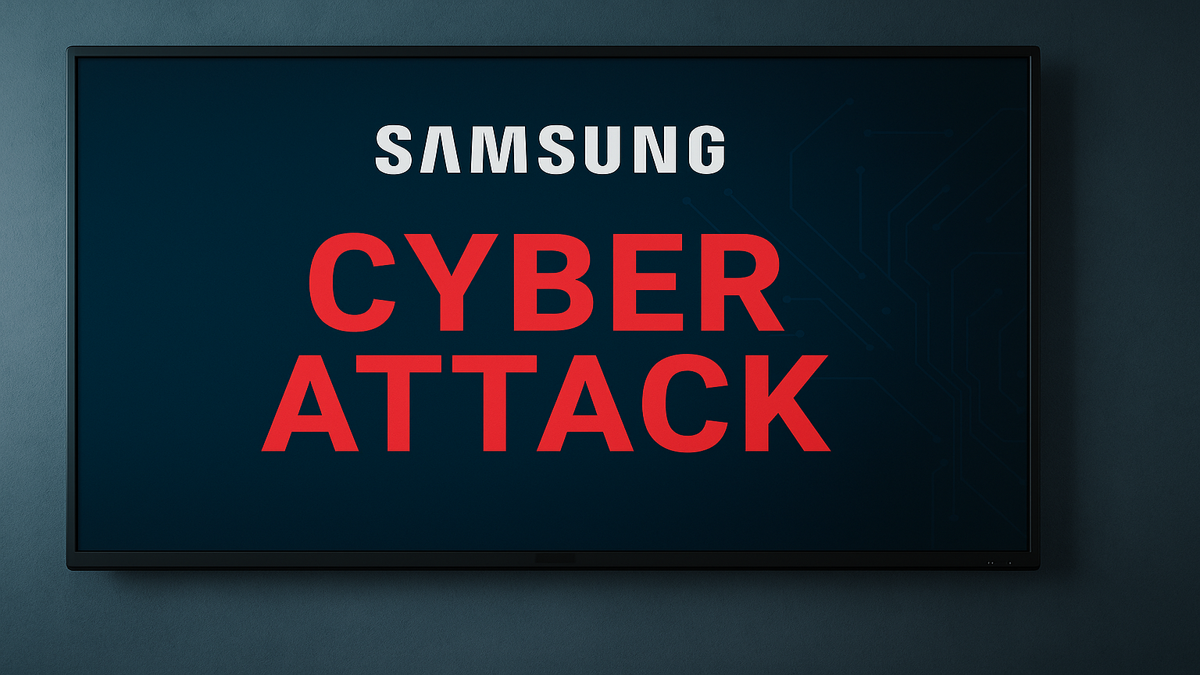Samsung
-
Urgent Measures Required as Samsung MagicINFO 9 Server Vulnerability Under Attack
A critical vulnerability in the Samsung MagicINFO 9 Server is being actively exploited by hackers to execute remote code and deploy malware, emphasizing the urgent need for system upgrades.

